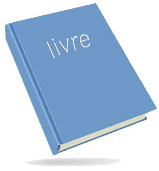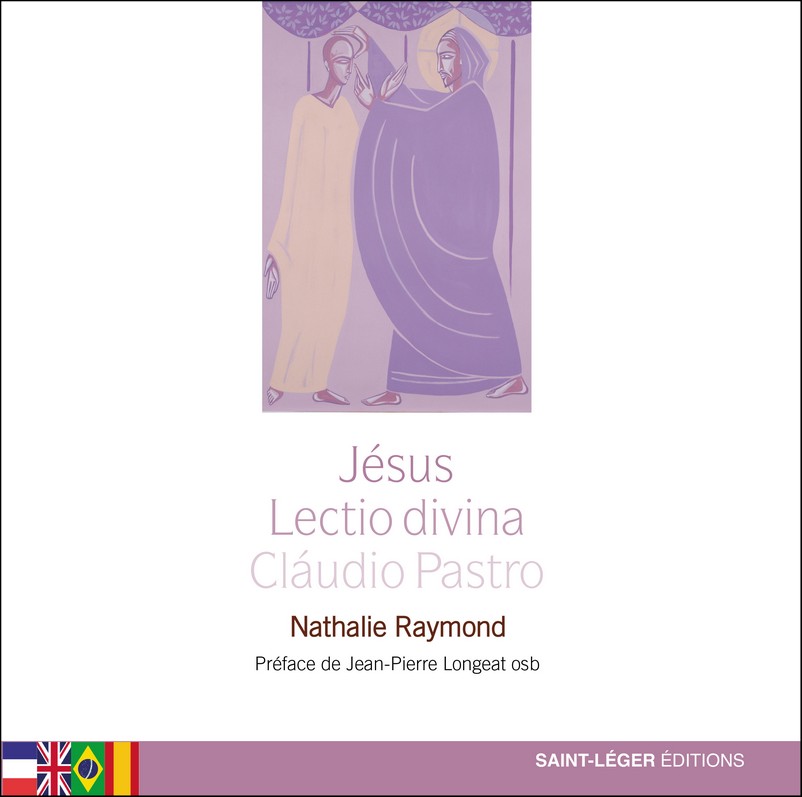Contemplation
and meditation on the Word of
God are (or should be) the core of every Christian
life and faith. Lectio divina is a contemplative practice
by which monks and nuns ruminate on the
Word throughout the day, which helps them uncover
the seed of Life within it, sparking off their true
conversion. They are also used to the contemplative
form of the search for Beauty which is inseparable
from the Truth. The Second Vatican Council encouraged
this practice to go beyond the bounds of
the cloister so that the whole People of God could
drink from this Inexhaustible Source of Love. Cláudio
Pastro (1948-2016), a great Brazilian artist
who specialized in sacred art, became part of this
movement launched by the Council in, by making
the contemplation of Christ the focal point of his
work – the Word made Flesh. Steeped in the Bible
and patristic readings, imbued with the Benedictine
spirituality, Pastro - as a man of God – embarked
upon the search for Beauty and Truth and tried to
offer this treasure of contemplation to as many people
as possible. Each of his works represents a
breath of divine Life. Each, with its simple and unadorned
features, delves into the very heart of the
verse of the Gospel which it illustrates and captures
its vitality in essence, avoiding unessential detail. It
is through this power, stripped of any unnecessary
detail, that the Word and its illustration make their
way directly to the reader’s heart. The presence in
this book of the Gospel in different languages enriches
lectio divina, leading to fraternal communion
and reminding us of the universality of both the
Word of God and the work of Cláudio Pastro..
Cláudio Pastro
(1948-2016) is a Brazilian artist who is considered
one of the greatest exponents of sacred art of his times. Well-known
for his masterpiece, a huge work of art in the Basilica Nossa Senhora
Aparecida, he was also responsible for hundreds of other works and
contributed to the ordering of sacred space in more than three hundred
churches in Brazil and worldwide. The designs of this man of God, of
this Benedictine Oblate, show a love of simplicity, strength and
spiritual
depth which are very much the hallmarks of his works..
Nathalie Raymond, PHD in
geography, gave up teaching after a
deep experience of conversion which she underwent in 2009 whilst
reading the Gospel. This powerful "encounter" with Christ set her on a
course which has led to putting her life at the service of the Universal
Church in promoting exchanges between the members of this Body, the
Church, with a view to fostering peace and unity. The dissemination of
the Word of God is her main goal and she maintains special links with
the Benedictine world in several continents, and in particular in Asia
and Latin America.
|






